Are you considering upgrading to a wider tire on your dually? Are you concerned about what the maximum width is you can go on a stock rim? Are you perhaps considering switching to 265/70/17 and want to know what the minimum space is between the rear tires?
The recommended minimum spacer size between the rear dually tires is 1/2″ (1.27cm). This will be safe at maximum load capacity and will prevent any small debris from getting lodged between the rear tires which could result in premature wear and punctures. Tire sizes like 235/85R16’s are a popular choice on 6.5″ wide factory stock dually wheels.
Table of Contents
It’s important to understand the space difference between the rear tires when inflated versus being deflated, or when carrying heavy loads. A 1/4 an inch spacer is not wide enough under full load. If the side walls touch while loaded, it will chaff, overheat the sidewalls, and possibly cause a blowout.
Therefore, it’s important to ensure the width of the tire is not too wide, and that the side walls never touch under any application that you use your pickup for.
It’s widely agreed by many dually owners that the 1/2″ spacer is sufficient enough, as long as the tires aren’t too wide and they do not make contact on constant travel, or they are too close to allow debris and rocks to get jammed in-between the tires.
Many Dually owners successfully run 1/2″ spacers between the duals to give more clearance without any hassles. However, some dually owners frown against spacers since they view them as unsafe.
Are spacers safe for most applications?
Many believe spacers are unsafe since they alter where the load is distributed on the hub, and add more strain on the studs and bearings.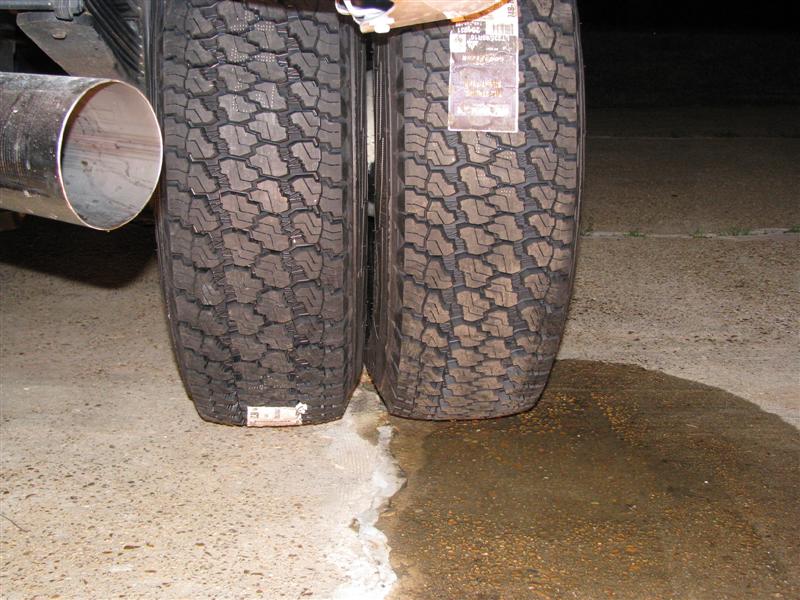 Differences in road surfaces cause variations in loads on a set of duals. This means that it is common for the center of the load on a set of duals to be constantly shifting. Keeping that in mind means that a spacer could potentially have a negative effect on your wheel bearings over the long term if you often drive on uneven surfaces while carrying heavy loads or towing.
Differences in road surfaces cause variations in loads on a set of duals. This means that it is common for the center of the load on a set of duals to be constantly shifting. Keeping that in mind means that a spacer could potentially have a negative effect on your wheel bearings over the long term if you often drive on uneven surfaces while carrying heavy loads or towing.
What about the wheel studs?
When wheel studs are not torqued properly, it could result in uneven weight distribution which could cause metal fatigue and premature failure.
If the wheels are not seated correctly or fitted tightly against the hub, it results in the studs carrying more of the load. Therefore it’s important to fit hub-centric spacers to get the wheel centered properly. The clamping force from 8-9/16″ studs at 60% yield is significant, however, it could still result in premature failure if not seated and mounted dead center.
However, the opposite is also true, that when the wheel is fitted tightly with hub centric spacers and carrying the load evenly while the studs only clamp to prevent spinning, then there is no pressure or unnecessary load on the studs.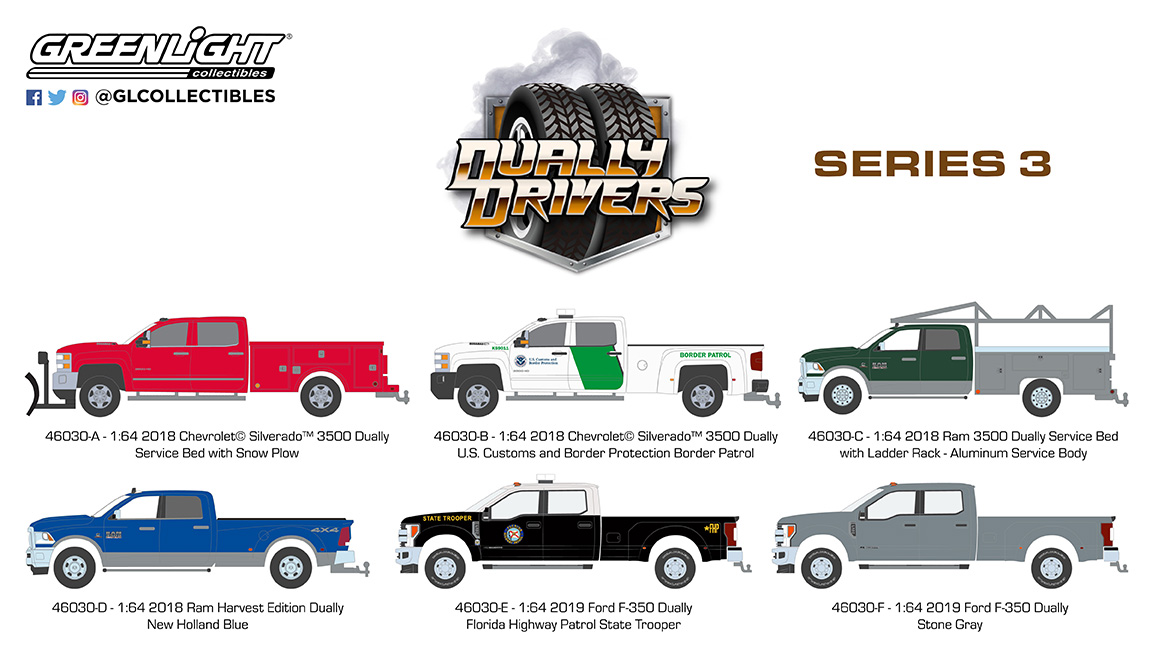
Another factor to remember is the tire’s load-carrying characteristics in dually applications. If the tires are too close they don’t have sufficient heat dissipation, thus making them more vulnerable to blowouts.
In order to fit 35” tires to a Ram Dually, you’ll need a minimum 2” front leveling kit combined with well-engineered hub-centric 1/2” steel spacers between the duals, running 35×12.5 tires.
This combination offers sufficient clearance to prevent rub and scrubbing at full lock in front. It also allows enough space between the rear tires for sufficient heat dissipation. Always make sure you opt for high-grade quality steel spacers, and not cheap aluminum versions. Make sure you fit a 1/2″ spacer on the rear to prevent the tire chaffing on the rear leaf packs.
Tire upgrades can be expensive and when doing any big tire upgrade, there’s always the inexpensive method and then there’s the correct method. With that being said, there are many Dually owners who’ve opted for spacers instead of fitting aftermarket rims without any hassles at all. However, if you really want to run 35’s on the dually, if possible, invest in a set of rims that do not require wheel spacers.
With that being said, there are many Dually owners who’ve opted for spacers instead of fitting aftermarket rims without any hassles at all. However, if you really want to run 35’s on the dually, if possible, invest in a set of rims that do not require wheel spacers.
It is highly recommended to opt for a wider wheel with the correct offset. This allows you to maintain the carrying capacity of the truck since they are properly sized and designed for the larger tires you intend to run. Just make sure you find a decent aftermarket set that doesn’t look tacky.
Certain tire brands have bigger side lugs, with a more aggressive tread pattern, resulting in more rubbing, so your tire choice plays a major role. Toyo tires are known to be a good option since they fit well.
A truck with an empty tub can be very jittery and bumpy, so many owners deflate the tires for a more comfortable ride. However, if your tires are too wide, once you deflate them they have a higher risk of rub. The best option without running spacers is a set of 255/80/17s, as long as you keep the tires inflated. 35×12.5s tires will fit perfectly provided you have spacers in between the duals.
The best option without running spacers is a set of 255/80/17s, as long as you keep the tires inflated. 35×12.5s tires will fit perfectly provided you have spacers in between the duals.
I find this tool very useful when determining tire size differences and what effect it has on your truck: https://tiresize.com/comparison/
Next, let’s investigate the biggest tires you can possibly squeeze on a Ram 1500 with a stock suspension.
So this is probably one of the most commonly asked questions on all discussion forums and FB groups. Every guy wants to know what the biggest tires are he can get away with on a factory stock suspension and stock wheels.
If you are prepared to live with the following:
| Measurement | 33-Inch | 35-inch | Difference |
| Diameter | 285/75/17 | 305/75/17 | +7% |
| Width | 11.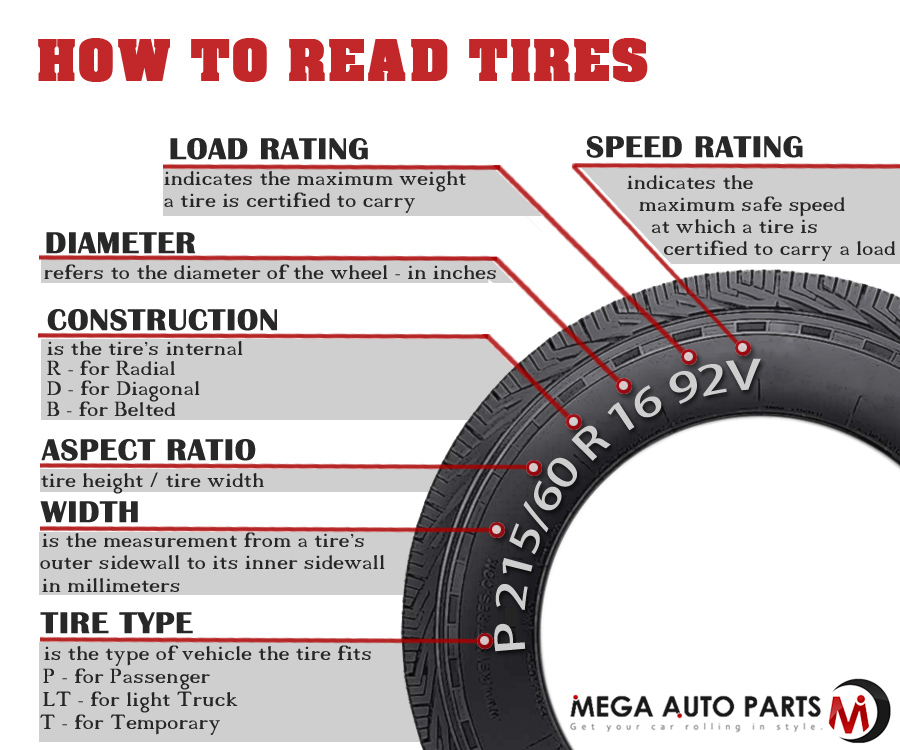 2” 2” | 12” | +7.1” |
| Sidewall | 7.9” | 9” | 13.9” |
| Circumference | 102.7” | 109.9” | +7% |
| Revs/Mile | 617 | 576 | -41 |
The biggest tire you can fit on a Ram 1500 with stock rims are 37”x12.5
As mentioned, you will need to do a little bit of trimming on the inside fender liner. This applies to 2500, 3500, and Power Wagon stock wheels. The Power Wagon wheel has a slight advantage since it has a wider offset wheel in stock form, meaning there is a bit more backspace clearance.
Ram 1500 2” Front leveling kit
Full 2” Lift Kit
Adjustable Shocks
Going bigger tires might look awesome, however, you want to limit how big you go, especially if you still want to maintain the full functionality of your truck. Bigger isn’t always better since the bigger you go, the more modifications you’ll need to make.
Bigger isn’t always better since the bigger you go, the more modifications you’ll need to make.
Looking at a tire change here shortly. Currently have 235/80/17. Thinking about switching to 265/70/17. There seems to be a lot more options for an aggressive tread pattern in that size. My concern is the tire width. The tires are almost the same diameter, but are 1.25" wider. This would leave only about . 5" of space between tires. How much space is required for tire flex and heat dissipation? Thanks for the help.
5" of space between tires. How much space is required for tire flex and heat dissipation? Thanks for the help.
Jamie
Jamie will it be .5 loaded or unloaded
I installed 245/75R17 on my dually Rams.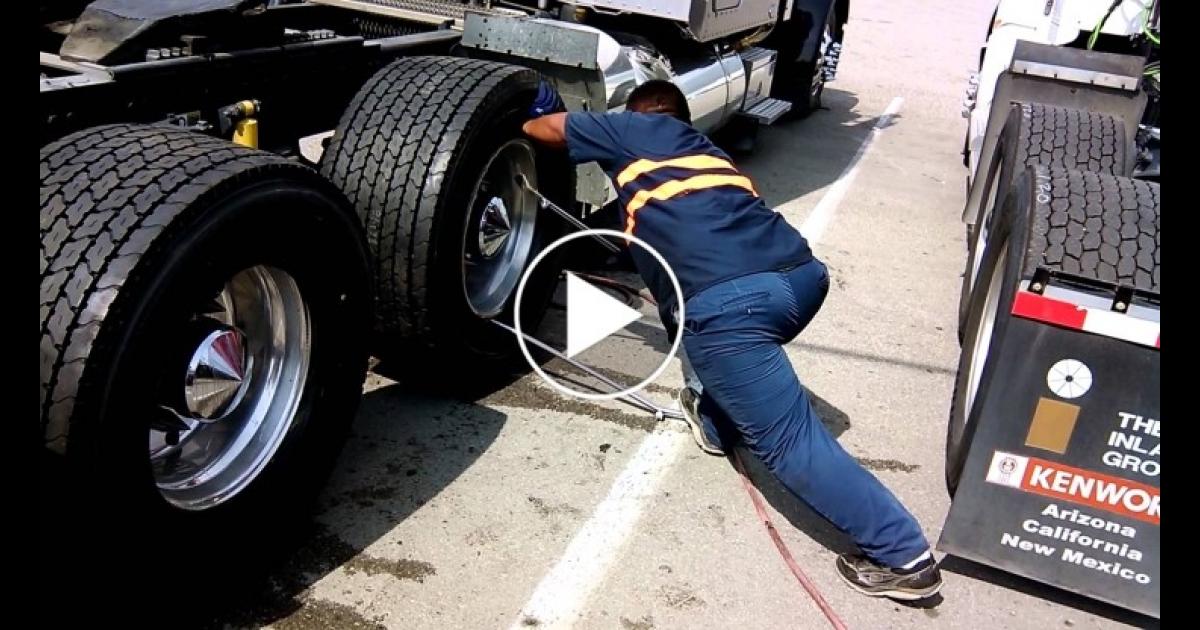 The 265 is too wide. 1/2 an inch is not enough space under full load. If the side walls touch while loaded, you will overheat the side walls and possibly causing a blowout.
The 265 is too wide. 1/2 an inch is not enough space under full load. If the side walls touch while loaded, you will overheat the side walls and possibly causing a blowout.
If you know a good reputable tire guy like I do he'll have the knowledge needed to answer your question. Tim at Prior Tire has always helped me out. But he's up here in Canada and probably of little use to you, but I'm sure there's someone in your area with a small shop like his. He's a third generation tire guy so I think he's got a bit of rubber in his veins.
As long as the side walls never touch under every application that you use your pickup for then you are fine. 1/4" is enough as long as they never touch on a constant travel.
Alot of people will run a 1/2" or so spacer between the duals to give more clearance. Though some frown against because they think its unsafe. Which it is safe.
Sent from my iPad using Tapatalk 3 HD
jnbhobe said:
Jamie will it be .
5 loaded or unloaded
Click to expand...
According to my calculations, it would be .5" unloaded, so I think tire flex is going to be an issue.
mattpopp said:
Alot of people will run a 1/2" or so spacer between the duals to give more clearance. Though some frown against because they think its unsafe.
Which it is safe.
Sent from my iPad using Tapatalk 3 HD
Click to expand...
The option of spacers was discussed. I have read several cons about this, but I have heard from several about not having any issues at all. Not sure.
Spacers change where the load is carried by the hub and bearings, can cause bearing failure or stud failure.
hoefler said:
Spacers change where the load is carried by the hub and bearings, can cause bearing failure or stud failure.

Click to expand...
With the exception of cement roads, most all if not every other type of surfaced road is not flat. The crowns in the road cause a difference in loads on a set of duals. So with that in mind it is common for the center of the load on a set of duals to be constantly shifting.
1/2" spacer will have ill effect on the bearings. Studs only fail when not torqued properly. The clamping force from 8-9/16" studs at 60% yield is enormous. Again, they will only fail if they are not torqued properly.
Sent from my iPad using Tapatalk 3 HD
mattpopp said:
With the exception of cement roads, most all if not every other type of surfaced road is not flat.
The crowns in the road cause a difference in loads on a set of duals. So with that in mind it is common for the center of the load on a set of duals to be constantly shifting.
1/2" spacer will have ill effect on the bearings. Studs only fail when not torqued properly. The clamping force from 8-9/16" studs at 60% yield is enormous. Again, they will only fail if they are not torqued properly.
Sent from my iPad using Tapatalk 3 HD
Click to expand...
That is true for hub centered wheels, wheels that fit the hub tightly ( and sometimes very difficult to remove ) and only use the studs for clamping and to keep from spinning. Wheels that do not fit the hub tightly, the load is carried by the studs as well as clamping.
They're called Hub Piloted. Rim is supported by a 4.75" Hub. But I don't understand what you are or are not suggesting!
Rim is supported by a 4.75" Hub. But I don't understand what you are or are not suggesting!
Another factor not mentioned yet is that tire load capability is always lower in dually applications. The reason given is heat dissipation. I would think as you move the tires closer together this would only get worse making the tires more and more vulnerable to blow outs.
On some makes, and especially if they have after market wheels, the wheels are not hub piloted or hub supported, the studs carry 100% of the load.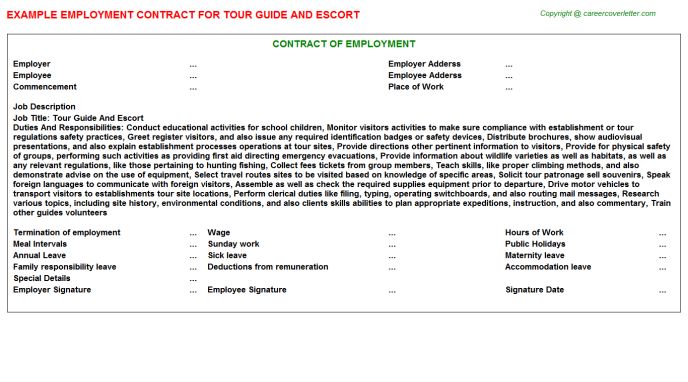
| vehicle type | In settlements | Outside built-up areas | ||
|---|---|---|---|---|
| On public roads | On 4-lane express roads | On highways | ||
| Trucks less than 7.5 t | fifty | 80 | 80 | 80 |
Trucks over 7. 5 tons 5 tons | fifty | 60 | 60 | 80 |
| Tractors with a semi-trailer, road trains | fifty | 60 | 60 | 80 |
| Buses | fifty | 80 | 80 | 80 |
| Buses with a trailer | fifty | 60 | 60 | 80 |
The same speed limits apply for the transport of dangerous goods.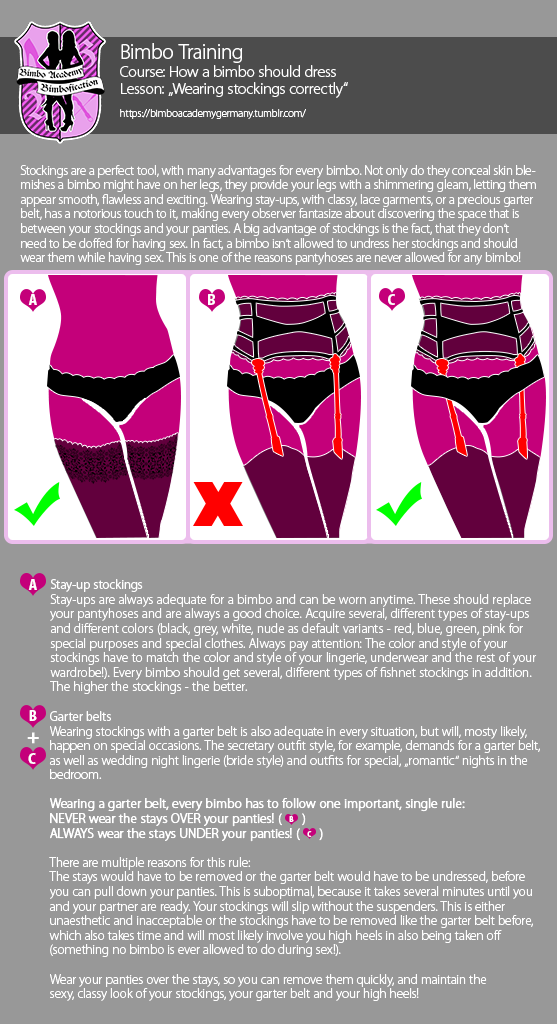
In conditions of poor visibility (bad weather conditions, snowfall, when visibility drops to 50 m), the maximum speed is limited to 50 km/h. When visibility is less than 50 m, overtaking is prohibited.
Vehicles over 3.5t must keep a distance of at least 50m from the vehicle in front.
| Width | |
| car, trailer, bus | 2.55 |
| refrigerator (minimum wall thickness - 45 mm) | 2.60 |
| Height | 4.00 |
| Length | |
| truck, trailer | 12. 00 00 |
| tractor with semi-trailer | 16.50 [1] |
| road train | 18.75 [2] |
| car carrier empty | 18.75 |
| car carrier loaded | 20.75 [3] |
| bus with 2 axles | 13.50 |
| bus with 3 axles | 15.00 |
| trailer bus | 18.75 |
Notes:
[1] - the maximum total length of the tractor with the semi-trailer is 16.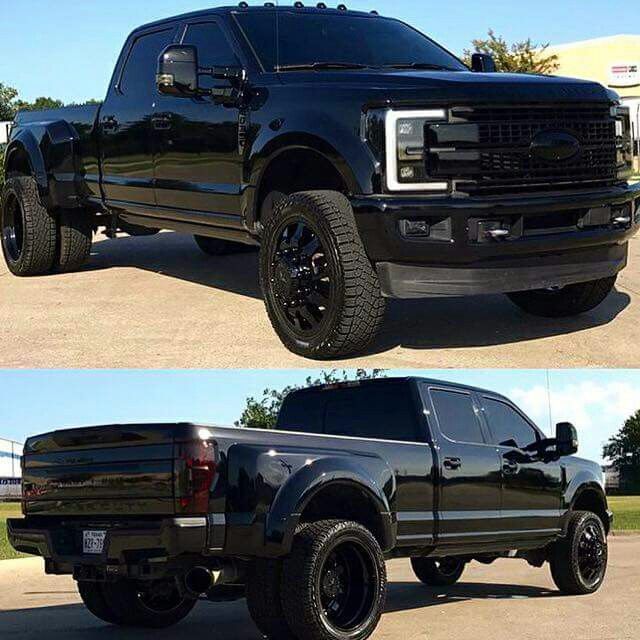 50 m if the distance between the king pin and the rear wall of the semi-trailer is not more than 12.00 m and the distance, measured horizontally, from the king pin to any point of the front wall of the semi-trailer is not more than 2.04 m. In other cases, the maximum length is 15.50 m.
50 m if the distance between the king pin and the rear wall of the semi-trailer is not more than 12.00 m and the distance, measured horizontally, from the king pin to any point of the front wall of the semi-trailer is not more than 2.04 m. In other cases, the maximum length is 15.50 m.
[2] - the maximum total length of the road trip - 18.75 m in case the maximum permitted length of the components is not exceeded: the length of the loading zone - 15.65 m and the maximum distance between the two outermost points of the loading zone (from its beginning behind the cab to the rear wall of the trailer) - 16.40 m.
[3] - the overhang must not exceed 0.5 m at the front (only for vehicles taller than 25.0 m) and not more than 1.50 m at the rear.
| single axle | 10. 0 0 |
| Single drive axle | 11.5 |
| Tandem axle of a car, bus with a distance between the axles: | |
| less than 1.00 m | 11.5 |
| from 1.00 m to 1.30 m | 16.0 |
| from 1.30 m to 1.80 m | 18.0 |
| from 1.30 m to 1.80 m, provided that the drive axle is equipped with dual tires and air suspension (or equivalent) | 19.0 |
| Twin axle trailer or semi-trailer with axle spacing: | |
less than 1. 00 m 00 m | 11.0 |
| from 1.00 m to 1.30 m | 16.0 |
| from 1.30 m to 1.80 m | 18.0 |
| 1.80 m or more | 20.0 |
| Triple axle trailer with distance between adjacent axles: | |
| 1.30 m or less | 21.0 |
| from 1.30 m to 1.40 m | 24.0 |
| Freight car | |
| 2 axles | eighteen |
| 3 axles | 25 |
| 3 axles with certain additional conditions [4] | 26 |
| 4 axles under certain additional conditions [5] | 32 |
| more than 4 axles under certain additional conditions [5] | 32 |
| Trailer | |
| no more than 2 axles | eighteen |
| more than 2 axles | 24 |
| Tractor with semi-trailer | |
| 3 axles | 28 |
| 4 axles (2+2) with semi-trailer axle spacing of 1. | 36 |
| 4 axles (2+2) with semi-trailer axle spacing over 1.80 m, provided that the drive axle is equipped with dual tires and air suspension (or equivalent) | 38 |
| 4 axles in other cases not mentioned above (3+1) | 35 |
| 5 or 6 axles (2+3, 3+2/3) | 40 |
| more than 4 axles in combined transport | 44 [6] |
| road train | |
| 3 axles | 28 |
| 4 axles (2+2) | 36 |
| 4 axles otherwise (not 2+2) | 35 |
| 5 or 6 axles (2+3, 3+2/3) | 40 |
| more than 4 axles in combined transport | 44 [6] |
| Bus | |
| 2 axles | eighteen |
| 3 axles | 25 |
| 3 axles provided the drive axle is equipped with twin tires and air suspension (or equivalent) | 26 |
| 4 axles | 32 |
Notes:
[4] - if the tandem axles satisfy the conditions:
 3 m or more, but not more than 1.8 m,
3 m or more, but not more than 1.8 m, [5] - if:
[6] - for transportation of 40-foot containers, as well as for transportation at the first and last stages of combined transportation:

Snow chains
It is not necessary to have snow chains on board the vehicle. However, when there is snow on the road in those areas that are marked with a special sign, the use of snow chains is mandatory. Also on board the car must be a shovel, a tow rope; Snow chains must be fitted to the wheels of the drive axle.
Vehicles equipped with snow chains must not exceed 50 km/h.
Winter tires
Trucks of categories N2 and N3, buses of categories M2 and M3 must be equipped with winter tires marked M+S, M.S. or M&S in case of snow, ice or thaw on:
- leading axles;
- no later than 01.07.2020 on the front steering axle
Winter tires are optional for the trailer/semi-trailer.
The minimum tread depth for all types of tires is 1.6 mm.
Sanctions
The main penalty for non-compliance with the legislation regarding the equipment of the vehicle with winter tires for:
- driver €60, but it can be increased up to €80 (and 1 penalty point to the German Fahreignungsregister (FAER)*)
- vehicle owner 75 euros
*FAER:
Fahreignungsregister - register, fixing traffic violations by the driver. It also applies to foreign drivers who drive vehicles in Germany. In case of scoring eight demerit points, it is forbidden to drive a vehicle in Germany, including foreign drivers.
It also applies to foreign drivers who drive vehicles in Germany. In case of scoring eight demerit points, it is forbidden to drive a vehicle in Germany, including foreign drivers.
Source: BGL, September 2017
The entrance to the settlement and directions of movement are indicated by a sign with black letters on a yellow background.
Expressways (autobahns) are marked with white letters on a blue background.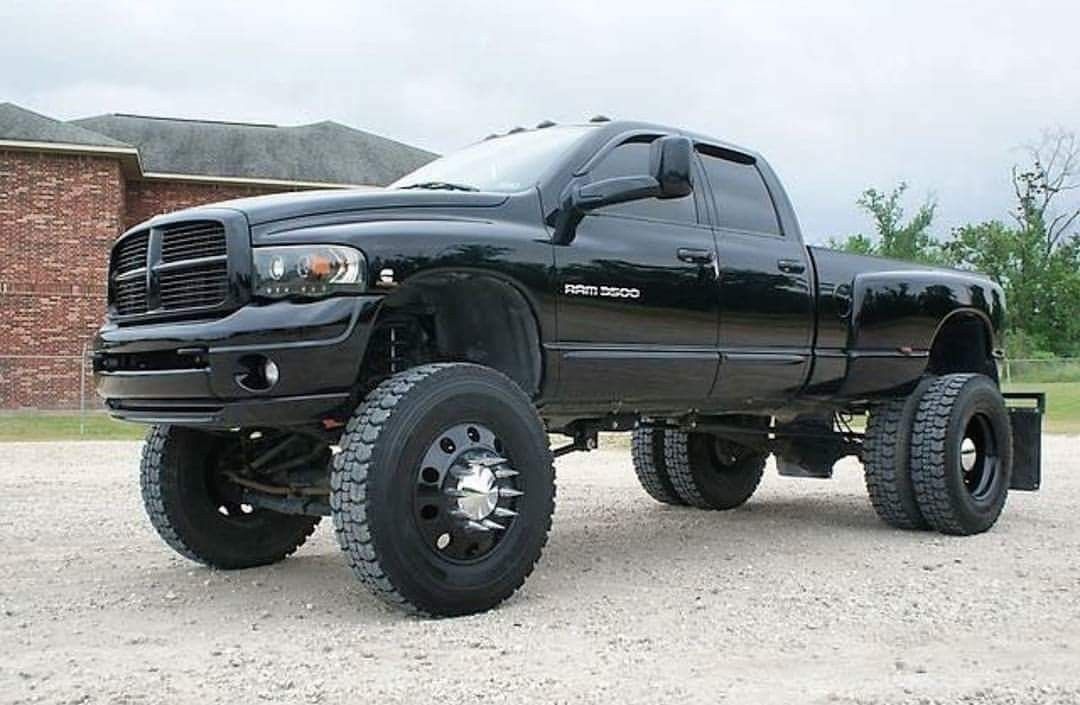
ASMAP according to the IRU
') if(js>11)d. |
home News Norway. New winter tire rules introduced this season 10/27/2020 As of November 15, 2020, new regulations for the use of winter tires on heavy vehicles will come into force in Norway, requiring the mandatory use of 3PMSF-marked tires with the characteristic snowflake symbol and three mountain peaks. Thus, in Norway it will no longer be possible to drive on tires with the abbreviation M+S (Mud and Snow). Vehicles over 3.5t GVW must have winter tires with the Three Peak Snowflakes (3PMSF) symbol on the drive and front driven axles. The rest of the axles can be equipped with "Mud and Snow" (M + S, that is, "mud and snow") or 3PMSF tires. If the vehicle is equipped with studded mud and snow tires manufactured between week 40, 2017 and week 40, 2019 (manufacture date is printed on the side of the tire), 3PMSF tire installation requirements on drive axles and front steering axles are not valid in the winter season 2020/21. Please note that studded tires (average length 1.7 mm) are allowed in Norway from 1 November until the first Sunday after Easter. In Nordland, Troms and Finnmark - from 16 October to 30 April. Studded tires on trucks and trailers must be on the same axle. In the case of dual tires, it is enough that the spikes are on one of them. All studded tires of the same vehicle should have approximately the same number of studs. If a trailer with a design speed of more than 50 km/h with service brake is fitted with studded tires, all wheels on all axles must have studded tires. For a tractor with a trailer with twin wheels, it is enough to have studded tires on one of the twin wheels. This rule applies regardless of the total weight of the trailer. In addition, vehicles over 3.5 tonnes must be fitted with chains during the period in which studded tires are permitted. The tractor and trailer must be equipped with 7 chains. As emphasized by the Norwegian Road Administration, the vehicle must have winter tires (with or without studs) and chains also outside the above periods, if necessary to ensure sufficient traction. If snow or ice is expected on the roads, the car must have chains regardless of the season. The minimum required tread depth is 5 mm on tires of vehicles with a total weight of more than 3.5 t (both cars and trailers) from 1 November to the first Sunday after Easter Monday (in Nordland, Troms and also in Finnmark - between October 16 and April 30, the required tread depth is at least 5 mm). Otherwise, the tread depth must be at least 1.6 mm. In addition, the way fines are calculated is being changed - a separate fine will be issued for each violation related to winter tires and chains. According to Statens vegvesen (Norwegian Road Administration), driving with insufficient tread depth or incorrect tires in winter is subject to fines: - NOK 1,000 for each tire for cars with a total weight of up to 7. | |||||||||||||||||||||||||||||||||||||||||||||||||||||||||||||||||